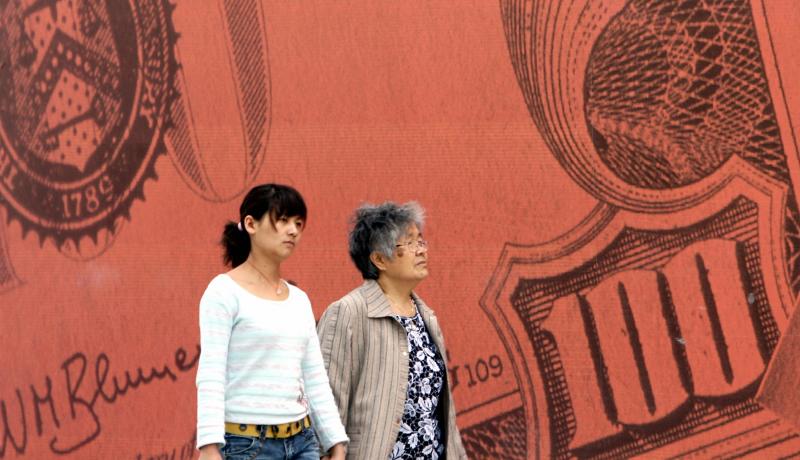China’s dollar ambush
March 17, 2017 | Expert Insights

Caught between competing priorities and the strength of the US currency, the renminbi might have limited chances to further develop into a full-fledged global currency. A few weeks after blaming Germany for keeping the euro artificially low against the dollar, Donald Trump turned to a more familiar economic sparring partner: China, which he accused of being the ‘grand champion’ of currency manipulation.
Trump’s pompous rhetoric is new, but tensions over currency between the US and China go back a long way. In 2005, in 2008, and again in April 2014, the US Treasury Department flirted with labelling China a currency manipulator.
Renminbi has become over the years a major source of irritation and a thorn in the relations between the US and China. Why?
China does indeed manage its exchange rate against the dollar even if recent reforms have delivered more flexibility and have limited the scope for policy intervention.
But Beijing’s continued reliance on the dollar – and its massive dollar foreign exchange holdings – is just as challenging for China, and for its economic ambitions.
China’s dollar holding is undoubtedly an issue for both countries. For China, the dependency on the dollar is a constant reminder of the limitations of its financial and monetary system and of the fact that it remains a developing economy, albeit a very large one.
Analysis
The other side of China’s dollar dependency is the fact that the renminbi is an ‘immature’ international currency, with limited convertibility outside designated markets – the so-called offshore renminbi markets, of which London is one – restricted payment facilities and constrained international circulation.
The policy experiment that the Chinese monetary authorities initiated in 2010 to develop the renminbi as an international currency has been successful on many fronts – especially with regard to the significant increase in the share of Chinese trade settled in renminbi (currently at approximately 25 per cent, up from zero in 2009).
But the renminbi has a long way to go before becoming a fully-fledged – i.e. liquid and freely tradable – international currency that non-Chinese are prepared to hold in their portfolios.
Assessment
The inclusion, at the end of 2015, of the renminbi in the group of elite currencies that compose the IMF’s special drawing rights (SDR) basket – alongside the dollar, the euro, the yen and the pound – has been highly symbolic for China’s policy experiment in currency internationalization, but has so far had limited impact on the renminbi’s usability and tradability.
The shift in US monetary policy and the relative strength of the dollar has only made more evident the depth of China’s dollar trap.
China, will continue to manage the exchange rate – and the economy – and at the same time to follow through on their various plans to build a more market-oriented currency. Stuck between control and relaxation, the renminbi will have limited chances to further develop into a truly global currency.








Comments